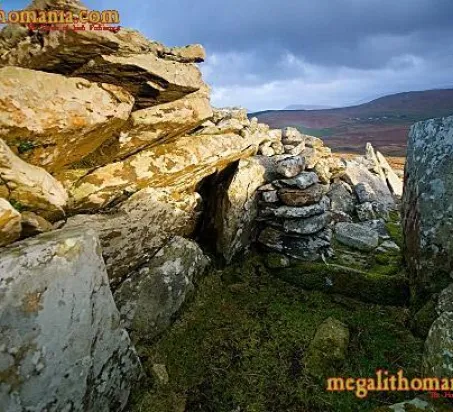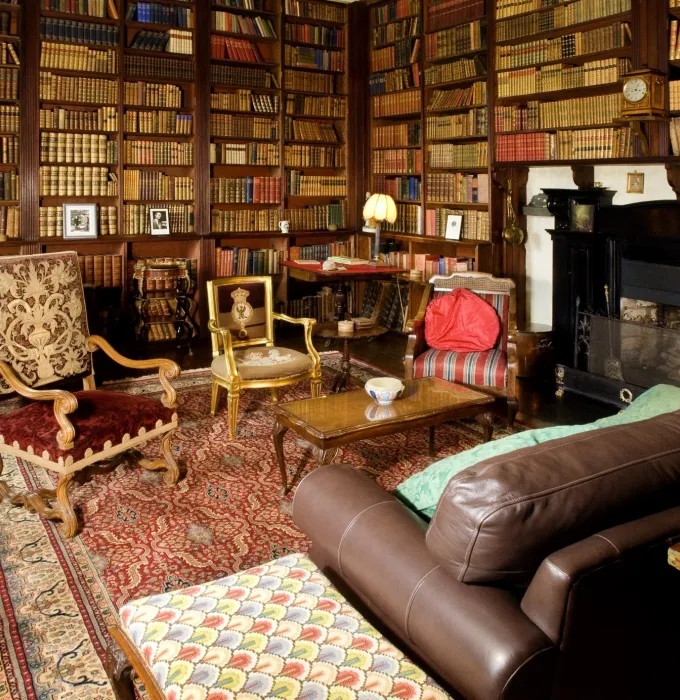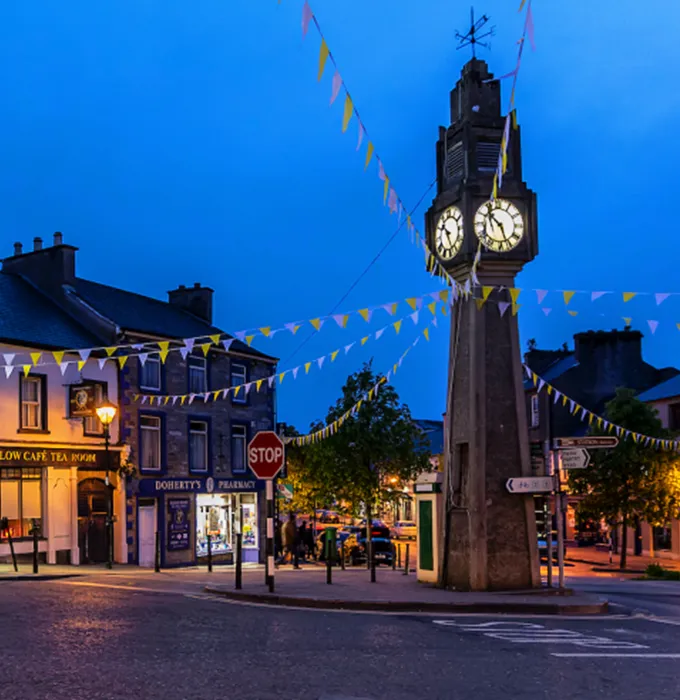The dead (at least the important dead) were given splendid tombs that took immense efforts to construct, while the living were preoccupied with keeping on the right side of their pagan gods and surviving divine wrath. Evidence of these ancient people is scattered everywhere around Mayo, offering us modern humans a chance to connect with our forebears and wonder at their resilience and workmanship.
Here are six ancient sites that lie close to Westport – visit them and feel the breath of the past on your neck, and the spirit of the ancients in your soul…

















